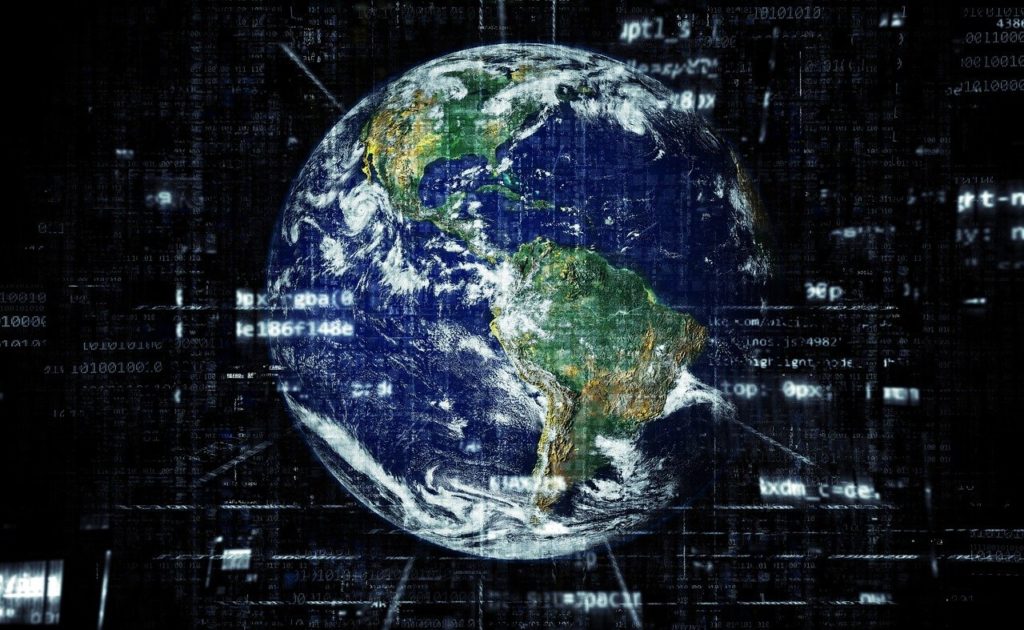Observers tend to agree on several things about the supply chain of the future. It will be more real-time, it will be more digitally integrated and “smart”, and it will adapt more flexibly to changes in demand, desired channels for fulfillment, and supply-side risk.
Less is heard about exactly how these things will come to pass.
And, lagging behind even that, is a vision of how people will lead the way and not become casualties of or impediments to progress. We aren’t thinking hard enough or far enough beyond technology, and that needs to change.
It’s people that are the real wild card in each company’s journey to supply chain 2030.
We participated last year when SCI introduced the question, “what will the supply chain of 2030 look like?” Our suggestion then, and now, is that the technological innovations of 2030 are going to place enormous stress on supply chain organizations and practitioners, and companies need to face those issues head-on.
We need to reposition teams, redesign skillsets, and realign the roles of human capital and technology.
Multiple trends are converging toward a future that is faster-paced, more focused on resilience, and where automation is displacing human roles—not only in execution, but in analysis and decision making as well. Companies will be pressed to interoperate on common principles much more profoundly than is typical today, both internally and across business networks.

Supply chain organizations will need teams prepared for disruptive and novel ways of working.
The supply chain leaders of 2030 will have tackled and solved the human element of a supposedly digital future. The changes will be profound; now would not be too soon to start.
| About Spinnaker Spinnaker is a supply chain services company that helps clients grow, manage risk, reduce costs, and improve customer service by developing world-class supply chain capabilities. Our services help clients develop the right supply chain strategy for their business challenges and implement the process and technology solutions to improve Demand/Supply Planning, Procurement and Sourcing, Logistics and Warehousing, and Reverse Logistics business performance. Spinnaker offers a unique service delivery model that combines the strength of deeply experienced management and technology consultants with a seasoned team of business process outsourcing (BPO) and 3rd-party logistics (3PL) professionals. Founded in 2002, Spinnaker has offices in Boston, Columbus, Denver, Houston, Memphis, Pittsburgh, London, and Singapore. Our Growth Spinnaker is a recognized supply chain solutions leader. During the past 15 years, Spinnaker has been selected as a recipient of the Green Supply Chain Award for 6 years in a row by Supply and Demand Chain Executive. In addition, Spinnaker leaders are consistently acknowledged as ‘Pros to Know’ by Supply and Demand magazine as innovators in supply chain design and optimization. We deliver our services on five continents and have experienced dramatic growth through both organic development and successful acquisitions. Industries We Serve Spinnaker has worked with clients ranging from entrepreneurial start-ups to Fortune 100 enterprises in industries such as Consumer Products, Food & Beverage, Chemical & Energy, Consumer Electronics, High Tech & Telecom, Industrial Manufacturing & Distribution, Medical & Pharmaceutical, and Retail & Apparel. We bring knowledge and experience across broad market segments to help clients challenge the status quo of their supply chain. Our depth of knowledge in both forward and reverse supply chain helps organizations gain insight on how the ‘best of the best’ create competitive advantage. What We Offer Our comprehensive solutions support our clients’ requirements at every stage of their supply chain life cycle. Whether the need is supply chain planning, returns management strategy and optimization, system assessment and implementation, or a fully outsourced BPO model embedded in your operations, Spinnaker offers flexible, pragmatic solutions tailored to your organization’s needs. |


